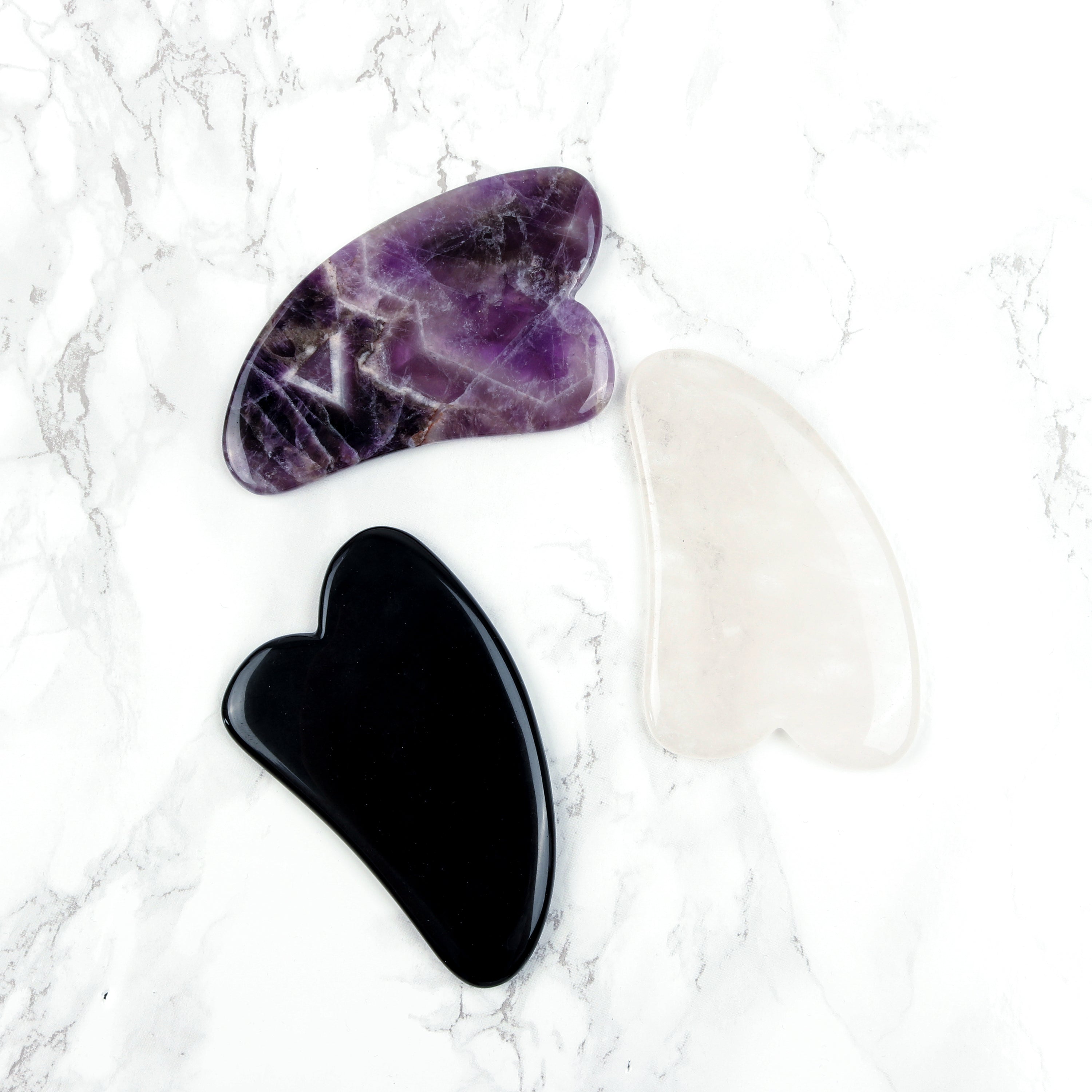All About Rose Quartz Crystal
Physical Properties of Rose Quartz
ROSE QUARTZ is one amongst other kind of quartz crystal made with the mixture of silicon, oxygen and the addition of chemical formula Si02. The glittering color Rose, is traced from iron, manganese, and titanium.
The Rose Quartz's hardness rates at 7 Mohs making it difficult to be carved or easily altered.
There is a stability of Rose Quartz color regardless being exposed to heat or sunlight.
The History and Legends of Rose Quartz
Rose Quartz was peculiar to the people of the ancient Egyptian, Roman and Tibetan cultures - also to the Chinese culture.
The Rose Quartz was of high value to the ancient world, valued as a stone of love and of physical beauty. The facial mask of Rose Quartz has been usurped from ancient Egyptian tombs (1) . It was believed by the both Romans and the ancient Egyptian as a material that clears the complexion of one and equally avoids the wrinkling of the face.
The two traditions, both Greek and Egyptian sages narrated of how the Gods made use of Rose Quartz crystal in maintaining and prolonging their youthfulness and beauty.
There was a narration by one Greek legend on the origin of Rose Quartz. In this story, Adonis the admirer and the Greek goddess's staunch lover of Aphrodite, was attacked by the god of War, Ares - in the mode of a wild Boar.
In an attempt to save Adonis, Aphrodite was pushed brazenly, and found herself on a bush. Her blood gushed profusely on the Quartz crystal making it forever pink.
The ancient linkage between Rose Quartz and love from the blood of Aphrodite, making it a glimmering pink color, shows the fact behind the emanating of Rose Quartz from the environs of the Ancient world.
It could also be traced to Australia ancient healers, who it is believed, created a sacred water from this precious stone, and also served a panacea to their illness(2).
In the ancient days, there was a point in time when it was regarded as the heart stone. It is also called the Bohemian ruby or Silesian ruby. Discovery of over a stone from 600BC is believed to be a love token of Rose Quartz (3).
Healing and Spiritual Uses of Rose Quartz
Rose Quartz - as an heart stone, is related to limitless love based with no conditions. It is construed to have been made in the likeness of a female energy, compassion, tranquility and ability to nourish. Unsurprisingly, the Rose Quartz is related to the heart chakra.
Attributively, Rose Quartz is trusted to assist the love of oneself, art, music, beauty and literature. Having considered by some persons, Rose Quartz as an aphrodisiac form, it entices sensuality.
It is also characterized with calmness and highly recommended to be used to resolve disputes and crises.
As earlier stated, the Rose Quartz is considered a remedial stone to reduce wrinkles and physical scars. With this feature, it is proposed to professionals to be used as stone for beauty consultants.
Rose Quartz is hugely important to every part of the body. The heart, circulatory system, the kidneys, adrenals and most especially for female reproductive system.
Rose Quartz Rollers, Rose Gua Sha and Rose Quartz Crystal Combs
The Rose Quartz has a firm structure like other quartrz, making it hard to be carved. Over time, in the course of using this stone, many companies treat it with chemicals to make the process fast and easy.
This chemical treatment adversely reduces the properties of the crystal and alongside remove the spiritual potency in it.
White Lotus uses the real A grade Rose Quartz crystal, in its crystal beauty products. For crystal beauty products, they are never treated chemically and the real quality remains. The White Lotus comes with a lifetime guarnatee with normal use.
Learn More About
Rose Quartz Crystal Rollers
Rose Quartz Crystal Gua Sha
Rose Quartz Crystal Combs
References
- Dorothee L. Mella, Stone Power II (Albuquerque, NM: Brotherhood of Life, Inc., 1986).
- Florence Megemont, The Metaphysical Book of Gems and Crystals (Rochester, VT: Healing Arts Press, 2008).
- Cassandra Eason, The New Crystal Bible (London: Carlton Books Ltd., 2010).



